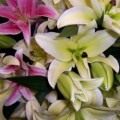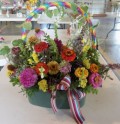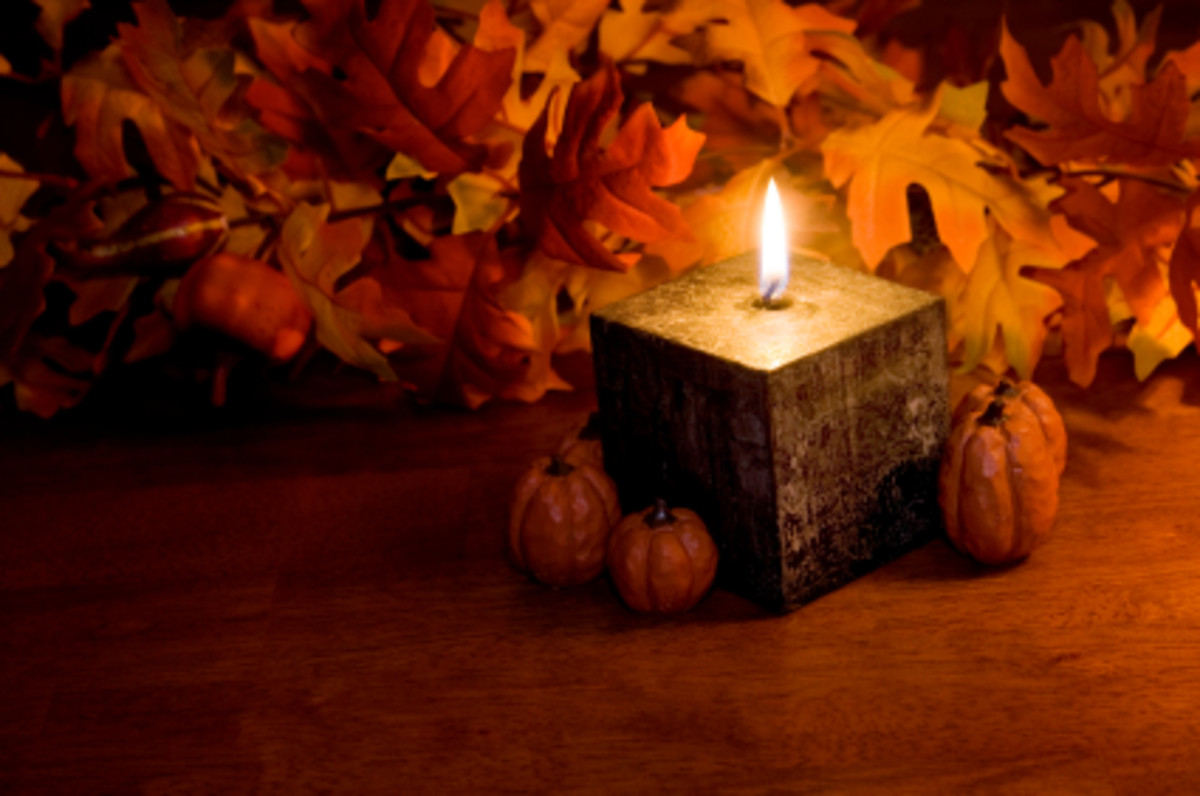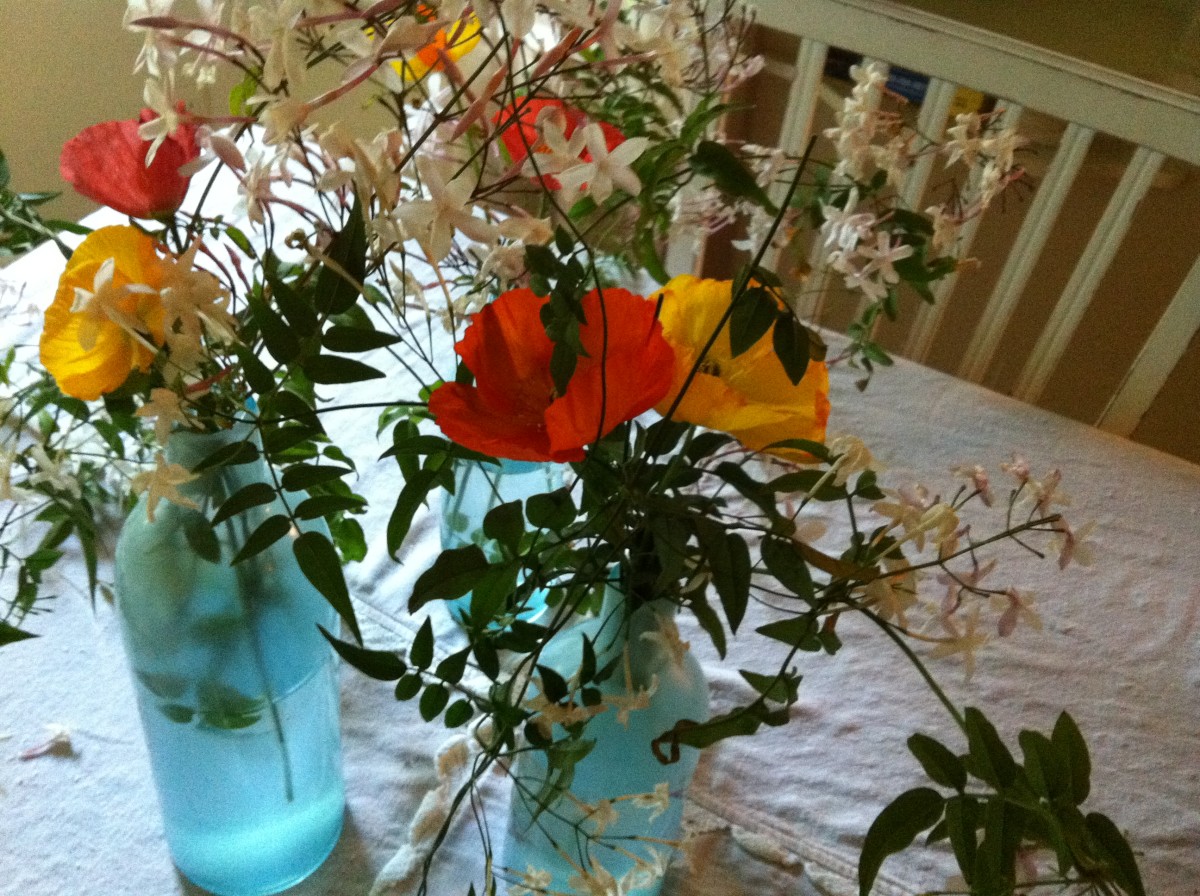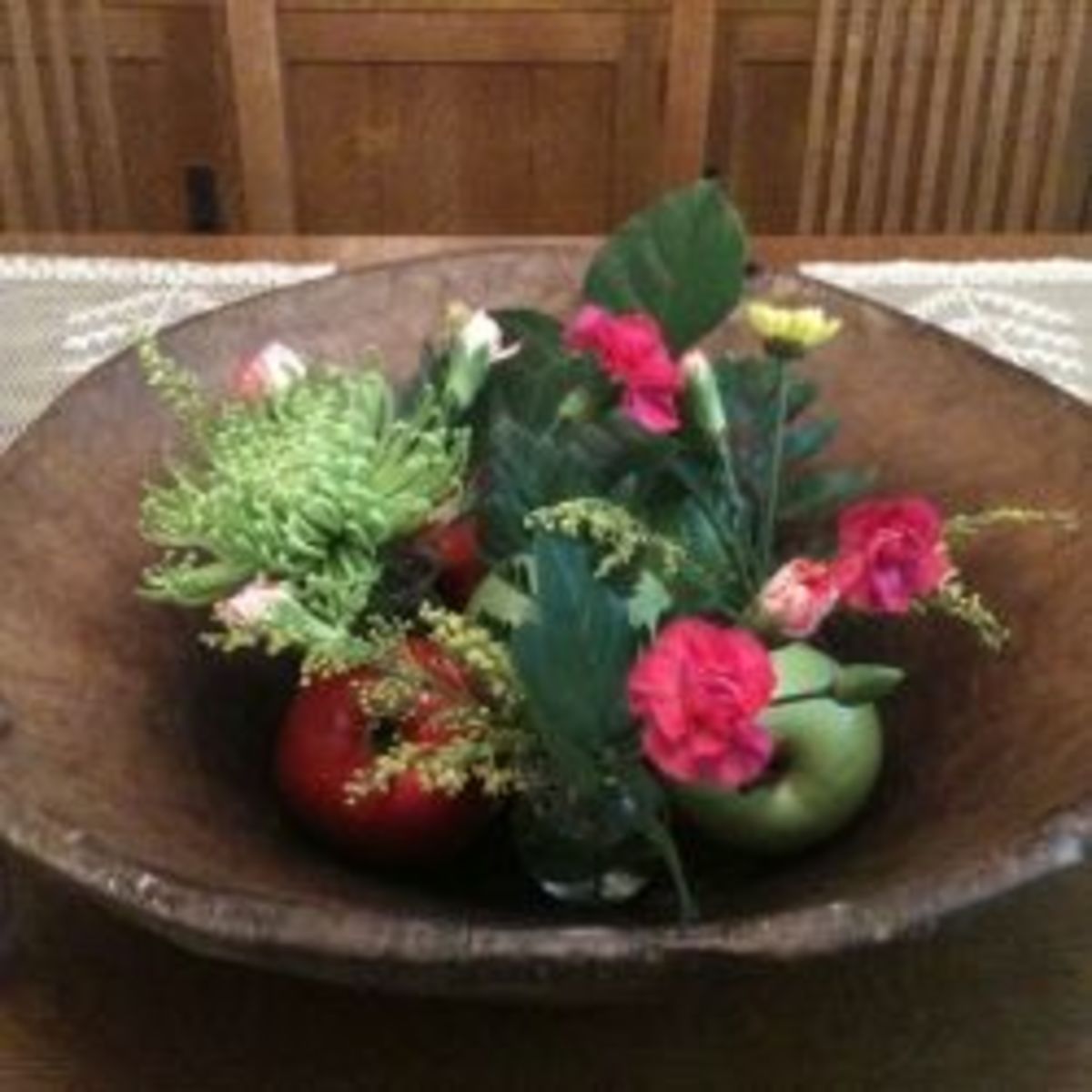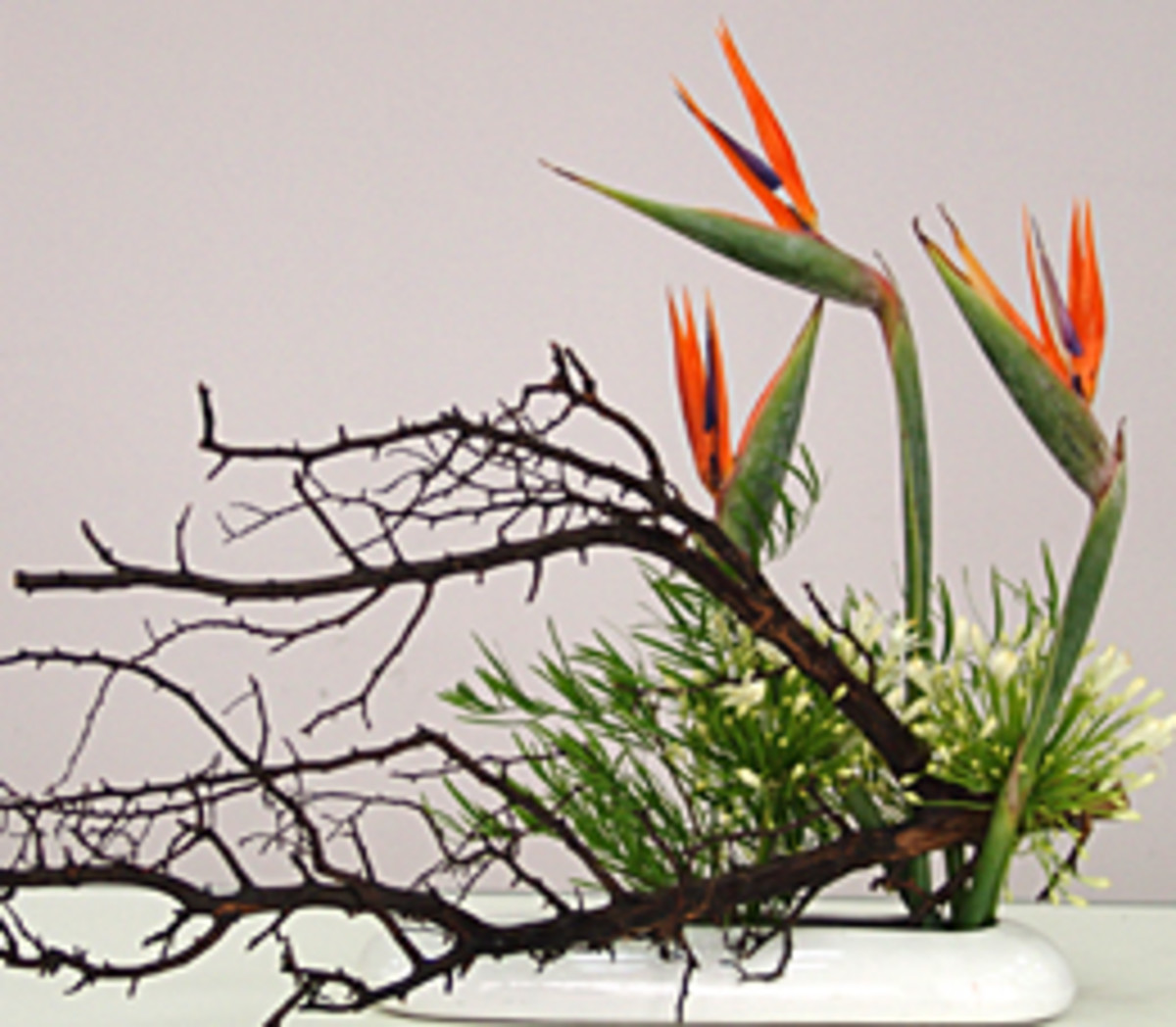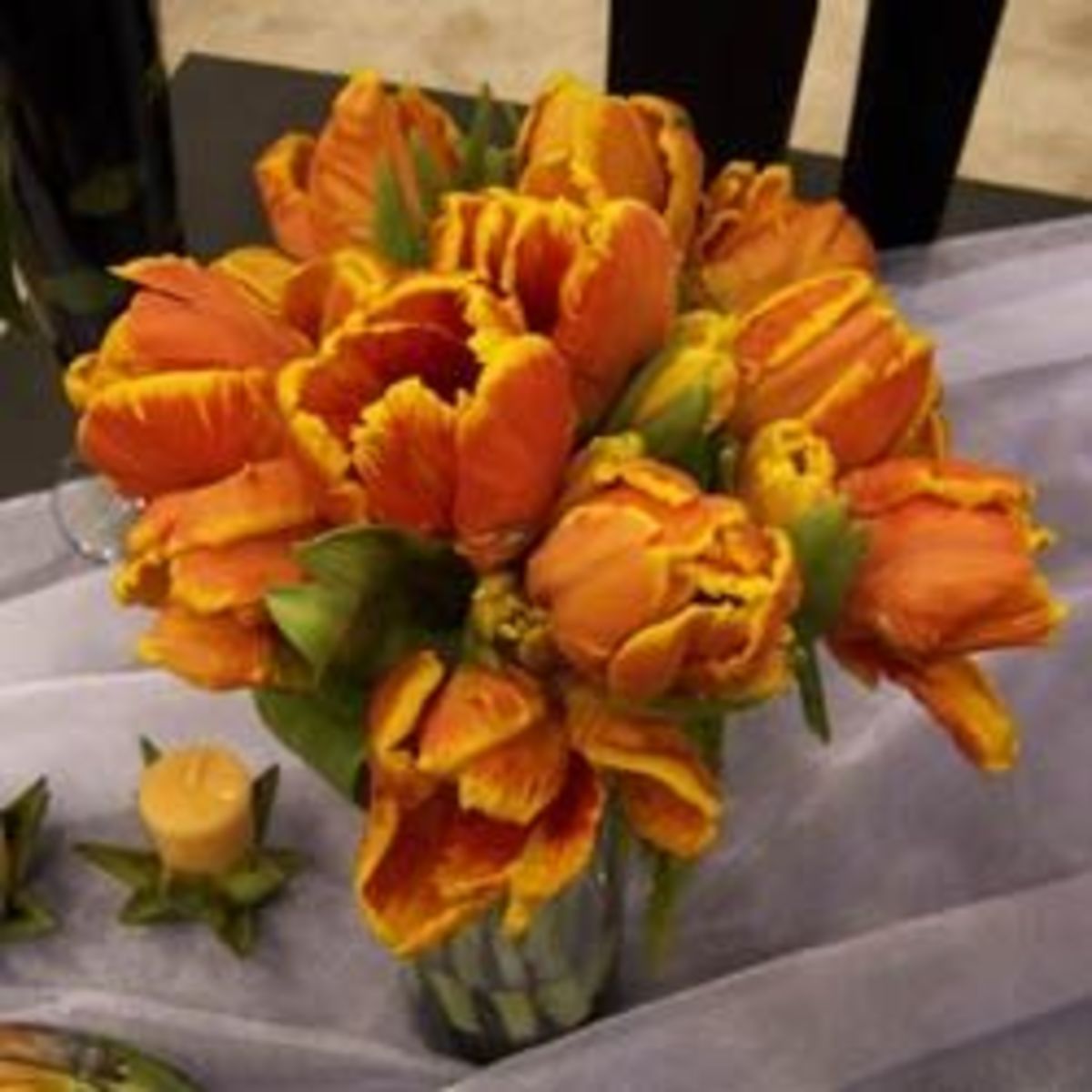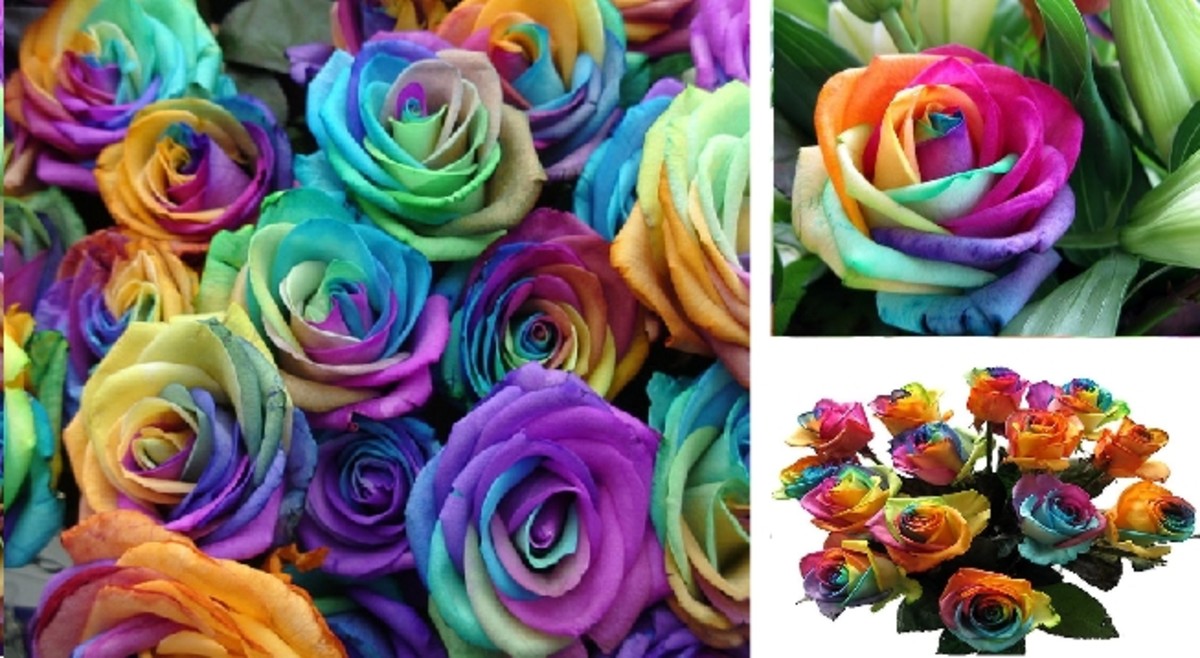- HubPages»
- Arts and Design»
- Crafts & Handiwork»
- Flower Crafts
The Basics of Flower Arranging
A Simple Sunflower Arrangement

Food for the soul
Flower arranging is an art which combines color, shape and texture to form decorations. You find them in most homes and businesses, and most celebrations would be incomplete without them.
Flowers, whether artificial or fresh, are a part of life, and have been since ancient times. There is no ‘right’ way to arrange them, fashions have changed with the ages. In the 1920’s and thirties, all the way to the sixties, carnations were popular cut flowers. In the Middle Ages, floral arrangements included sweet smelling herbs, buttercups and daisies and foliage was an important part of every arrangement or posy.
These days carnations tend to be reviled, while more ‘cottage garden’ flowers, like hydrangeas, are often found in 21st century arrangements. Bridal bouquets feature many flower heads and little foliage, (though this trend is changing) and silk flowers have become so realistic it is often difficult to tell them from the real thing.
A knowledge of flower arranging even at the most basic level, will enhance your home and your life. An old chinese proverb says that if you only have two pennies left in the world, you should buy bread with one penny and a flower with the other. One is food for the body, the other, food for the soul.
Ikebana Arrangement
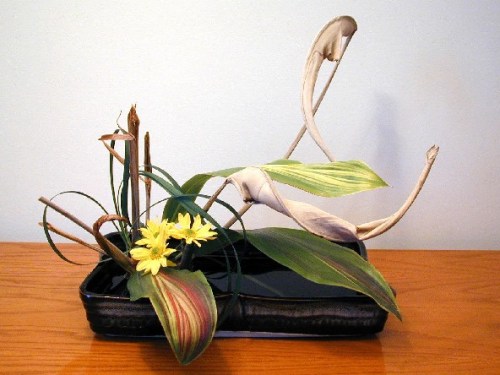
What Is A Flower Arrangement?
A flower arrangement can be anything from a giant urn filled with blooms to is a single flower in a tiny vase. This last may sound far too simple, yet the Japanese have made an entire art form, Ikebana (the way of the flower) around minimal arrangements. These may look easy, but the effect is very precise, and although I’ve tried many times, this is one aspect of flower arranging which eludes me. Highly prized in Japan, and in contrast to Western flower arranging, usually practised by men rather than women.
A Simple Monochromatic Arrangement
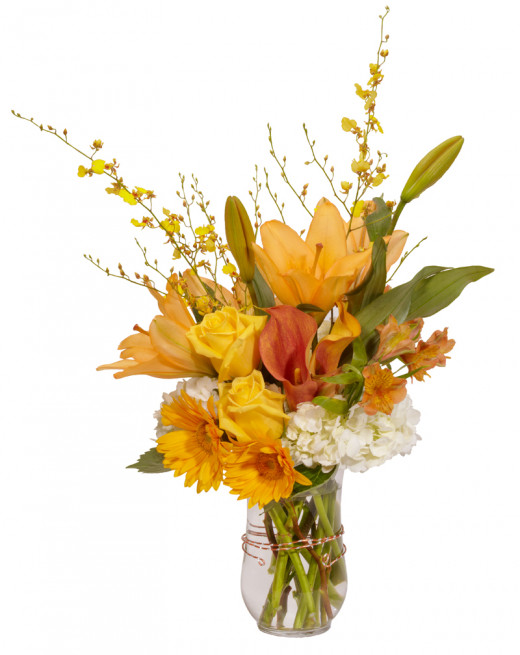
Getting Started.
Western arrangements tend to use more blooms and at a basic level need little more than a vase and some flowers, usually available in the local supermarket.
Take your flowers home and soak them well in a tall bucket. Each flower will benefit from being treated in a specific way, learning this is part of a florists training, but at the most basic level the important point is to keep the flowers hydrated and cool. The best way to do so is to cut the stems at and angle and keep them in water for at least four hours before arranging them. Add flower food to the water, or some professionals prefer to add a drop of bleach, these stops bacteria from developing in the water.
Flower Arrangements: The Proportions
Traditional flower arrangements are roughly fan shaped. The tallest stem should be one and a half times the height of the vase, or taller. If you are working on a long, low arrangement, such as a tablecenter, the same rule applies, the longest branches should be at least one and a half times the longest dimension of the container. These rules will help you build a tall or long arrangement, but many modern floral designs ignore these proportions and create groupings of flower heads just above the surface of the vase.
Type of Floral Foam
Flower Arranging Tools
You don't need anything complicated to make a flower arrangement, but, at least to begin with, you will need something to keep your flowers in place.
- Use crushed chicken wire (reusable - can adapt to any shape) You can use any type of wire, including the wire sold as bouquet collars. This looks good used with a transparent vase.
- Florists foam (soak thoroughly in water plus flower food - don’t force it, use dry foam for silk flowers) Most people are familiar with the green floral foam, but you can by foam in a wide variety of colors. If you want to arrange flowers in a tall narrow container, use a bouquet holder. The foam will hold the flowers and the handle can be pushed into the neck of the vase.
- Pin holders or frogs (usually used for shallow containers) Some florists use these to keep foam in place, or alone in Japanese style minimalist arrangements.
- Scissors or secateurs can be used to cut the stems and you may find a knife useful to strip the leaves etc from the stems.
Other tools you may find useful are
- florists wire
- Tall florists buckets.
- florists tape
- a water spray
- floral food
- embellishments, such as decorative wire or ribbon.
Flower arranging cab be messy. I start each project by spreading some newspaper or a cloth on my worktable, then I can gather all my discarded leaves and stems together easily at the end.
Unusual Containers Can Be Very Effective
Flower Arranging Rules
There are no rules when it comes to flower arranging for yourself. If you like the result, your arrangement is good. The things you need to think about are
- Color
- Texture
- Shape
- Size
- Scent.
Don't think you need a lot of expensive flowers to create an arrangement. The best designs incorporate a mixture of the more expensive flowers (focal flowers) filler flowers (usually smaller and cheaper) and foliage. Many modern arrangements forget foliage, but in my view this is a mistake. Flowers always look better when surrounded by greenery, and there are many types of foliage with interesting textures, colors and scents. Think of fall leaves, holly with berries, rose hips and seeded eucalyptus and you'll see what I mean.
A Very Simple Cube Arrangement.
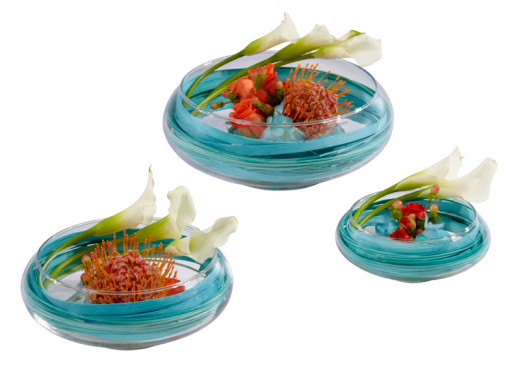
Other Ways to Put Flowers in a Vase
Some flowers have very flexible stems which can be bent around the inside of a dish, showing a different way to put flowers in a vase. Call lilies are especially effective when used this way. To be sure of bending the stems, rather than breaking them, take the flowers out of water for a while and let them dehydrate, then bend them slowly and carefully using the heat of your hands. This picture shows what you can achieve with this sort of design, it's effective and economical. The video (below) shows how it's done.
Flowers in a Vase, Bending Stems.
More Ways to Learn
What's In It For Me?
Many people enjoy flower arranging for its own sake, but even if you're not one of them, there are good reason to learn how to create floral designs.
If you entertain, fresh flowers are the 'icing on the cake' and will complete a beautiful table setting, outdoors or in.
Interior Designers use flower arrangement to set the mood for a room and to add splashes of color. Add orchids and lilies to sophisticated modern schemes, roses and hydrangeas to traditional interiors. A beach house looks even better with blue and white flowers on display (try agapanthus) and frilled peonies look wonderful in shabby chic rooms.
Add a splash of color to a modern kitchen with bright gerbera daisies, and add warmth to a cool blue bathroom with pink roses or carnations.
If you plan to sell your home, flowers become a necessary expense. Never let buyers see dead or dying flowers or plants, but the addition of fresh flowers, or the right silk flower arrangement can cheer up a dull room and make the colors sing.
It has never been easier to learn how to make flowers a part of your world, so pick up a book, or click on a youtube video, beautify your life, and feed your soul.
Learn More From These Links
- Ten Ways to Save Money On Your Wedding Flowers
If you're longing for a beautiful wedding, but worried that you can't afford, these tips will help get your budget back on track. Ten practical ideas you can use to save money on your wedding flowers, from what to buy to what to use. Save money witho - How to Make Your Own Cascading Bouquet
Making your own bridal bouquet is easier than you think, even when you long for a stunning cascade style. This hub has pictures for inspiration, useful advice and several videos to show that yes, you really can save money on your bridal flowers by cr - Types of Blue Flowers
Do you love blue flowers? I do, but I'm not fond of the painted and dyed kind. This is about naturally blue flowers, find the right type for your garden, for flower arrangements and for wedding bouquets. - How to Use a Bouquet Holder to Make Your Own Bridal Bouquet
Ready to make your own bouquet? You've probably heard of bouquet holders. Learn more about them, what they are, what they do and why you should use one to make your wedding bouquet. - How to Make a Bouquet For the Bride
Planning a DIY wedding bouquet? Or maybe you've asked a friend for help with your wedding flowers and need to know what you can achieve. Home made wedding bouquets are a great way to save money. - Easy and Awesome flower arrangements
My story of gardening and flower arranging. Arranging a floral arrangement for my home is one of the most self-expressive and artistic things I have ever done. - How to Make Long Lasting Fresh Flower Arrangements
Getting the most life out of fresh cut flower arrangements is easier than many people may think. Tips on making your fresh cut flowers last longer. - Flower Arranging Ideas For Tulips
Tulips are a favorite early Springtime flower. Follow these tips to enjoy your tulips outdoors and indoors without plucking these beauties from your garden. - Decorating with flowers: Shabby Chic
Learn to enhance a 'shabby chic' room with the right flowers - An Introduction to Color Theory - YouTube
Leannefrom the Flower School introduces a new series of video clips, "Floral Design Color Theory". In this first clip she presents an overview of color theory.





